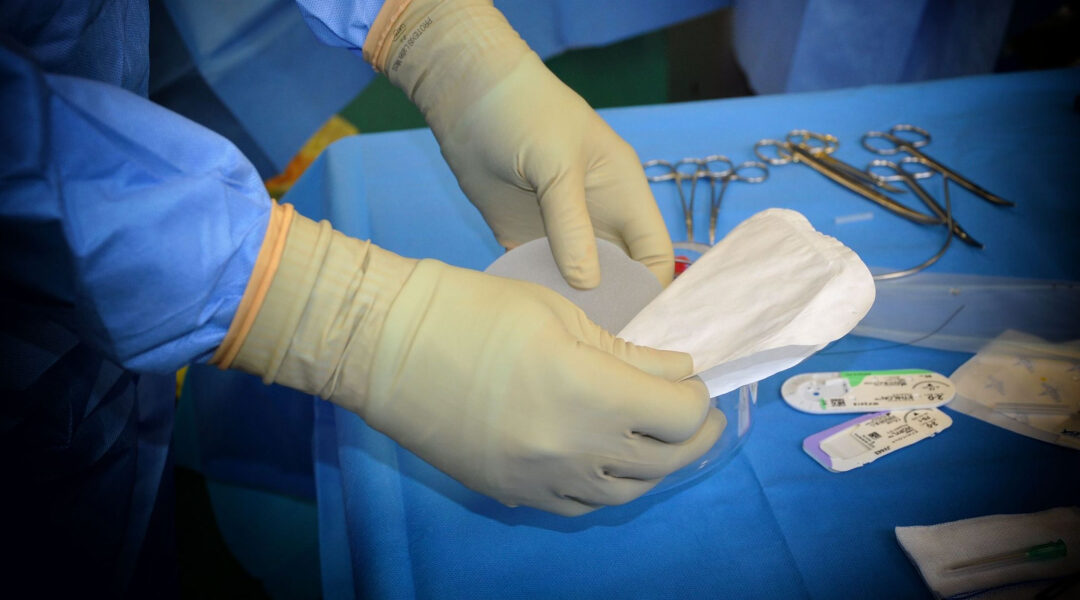In the realm of medical innovation, there’s a groundbreaking technology on the horizon that’s poised to transform patient care as we know it. Known as “SpraBe,” this stretchable, breathable, and self-adhesive electronic skin holds immense promise in the medical field. Let’s dive into the remarkable capabilities of SpraBe and explore how it’s poised to revolutionize healthcare.
SpraBe, short for “Stretchable Pressure‐sensitive Adhesive (PSA)‐based Body‐attachable electronic skin,” is a marvel of modern science and engineering. Its flexibility and adaptability are akin to a second skin, making it the perfect candidate for a wide range of medical applications.
One of the most exciting aspects of SpraBe is its potential to revolutionize patient monitoring. Traditional methods often involve bulky, uncomfortable sensors and wires, making continuous monitoring a cumbersome experience. SpraBe, however, adheres seamlessly to the skin, providing a comfortable and unobtrusive way to gather vital health data.
Imagine a world where patients can wear SpraBe patches that monitor their vital signs, such as heart rate, respiration rate, and body temperature, in real-time. Healthcare professionals would have access to immediate, accurate data, allowing for early detection of issues and more timely interventions. It’s a game-changer in the quest for improved patient outcomes.
Furthermore, SpraBe’s breathability is a significant advantage in the medical field. Traditional sensors can sometimes trap moisture, leading to discomfort and skin irritation, especially in long-term use. SpraBe’s design allows the skin to breathe, reducing the risk of these issues and ensuring patient comfort throughout their monitoring period.
Another remarkable feature of SpraBe is its stretchability. Human skin isn’t a rigid surface; it moves and flexes with our bodies. SpraBe’s stretchable nature enables it to conform to the skin’s movements without compromising data accuracy. This is especially valuable in applications where monitoring is needed during physical activities or in patients with certain medical conditions.
In the field of wound care, SpraBe holds great promise as well. Traditional wound dressings can be challenging to apply and often require frequent changes, causing additional discomfort to patients. SpraBe’s self-adhesive properties make it an ideal candidate for wound monitoring and treatment. It adheres gently to the skin, forming a protective barrier while continuously monitoring the wound’s healing progress.
Moreover, SpraBe’s electronic capabilities extend beyond monitoring. It can be integrated with drug delivery systems, releasing medications in a controlled manner, precisely when needed. This has the potential to revolutionize treatment regimens for chronic conditions, offering more effective and patient-friendly solutions.
The flexibility of SpraBe opens the door to applications in prosthetics as well. It can be used to create more responsive and comfortable prosthetic limbs, enhancing the quality of life for amputees. By embedding sensors and feedback mechanisms into the prosthetic’s surface, it can provide a more natural and intuitive experience.
SpraBe represents a remarkable advancement in the field of medical technology. Its stretchable, breathable, and self-adhesive properties make it an invaluable tool for patient monitoring, wound care, drug delivery, and prosthetics. With its potential to improve patient comfort, enhance data accuracy, and streamline healthcare processes, SpraBe is poised to revolutionize the way we approach medical care. As it continues to evolve and find its place in various medical applications, it holds the promise of making healthcare more accessible, efficient, and patient-centric. The future of medicine is looking brighter, thanks to the incredible capabilities of SpraBe.


Recent Comments